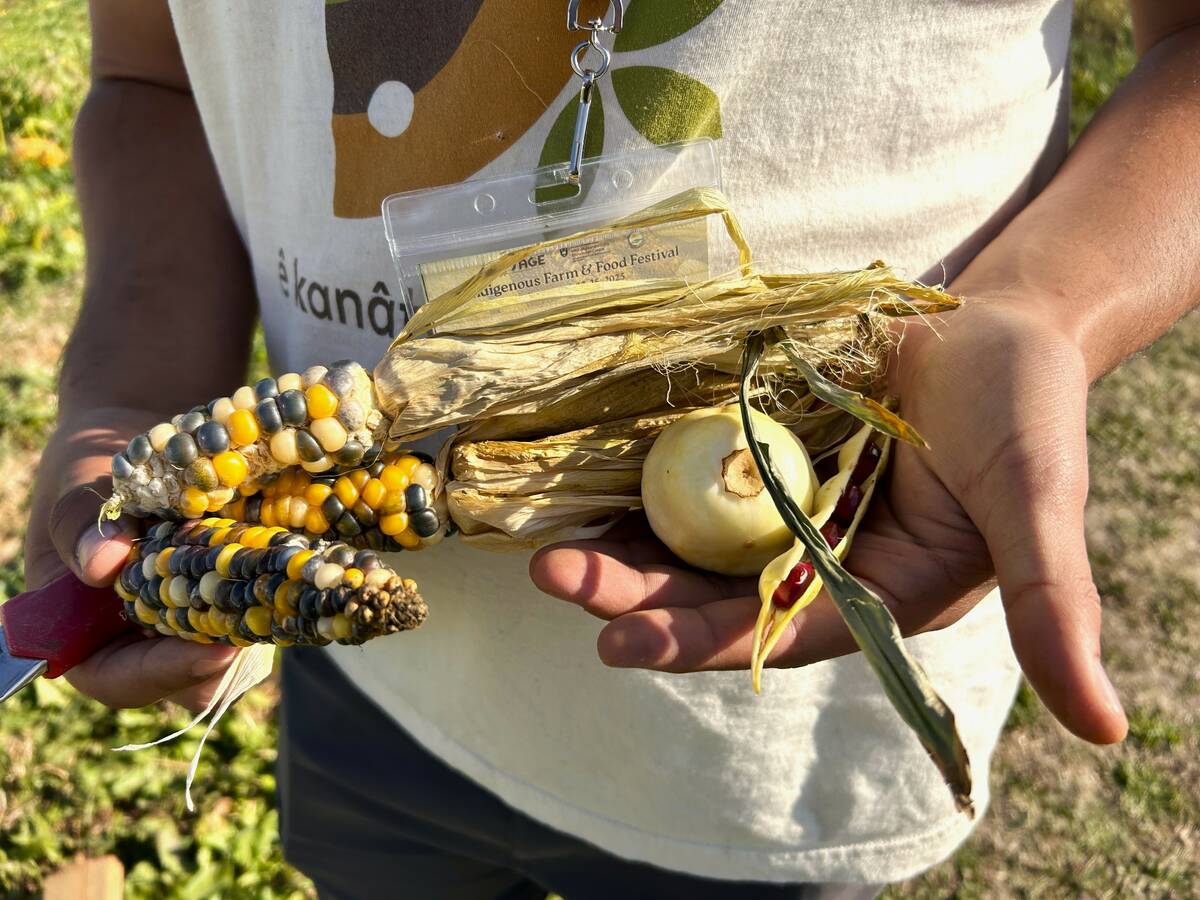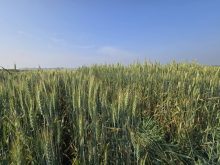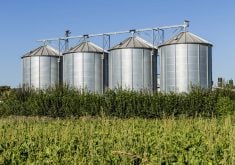Australian wheat prices are likely to come under pressure due to supplies from the Black Sea region, while domestic farmers are holding back new-crop sales, hoping for better prices, industry players said on July 27.
The new-crop Australian prime wheat is quoted at around A$255 a tonne on the east coast and A$268 on the west coast, traders said.
“Australian values will come under pressure, absolutely, as we have got to export 73 per cent of our crop,” Peter Rizzo, managing director of FCStone Australia told an industry meet in Melbourne. “It could be 75 per cent if we have a bigger crop.”
Read Also

Regenerative practices meet Indigenous knowledge on the Prairies
What do traditional Indigenous agricultural practices and regenerative agriculture have in common? Quite a lot it turns out.
Referring to a Thai flour mill’s purchase of Russian wheat at $290 per tonne, including cost and freight, for shipment in August, Australian traders at the meet said they would struggle to match this price even for feed-quality wheat.
“It was $290 a tonne traded in Thailand, it was better-quality Russian wheat and I think it will be difficult to get our feed wheat in that market at those levels,” said another trader who buys wheat from farmers for export and supplies it to domestic flour mills.
More Black Sea wheat deals are likely as buyers eye cheaper cargoes from the region, which is making aggressive offers.
Egypt, the world’s largest wheat importer, has bought close to half a million tonnes of Russian wheat in recent tenders.
Russia expects to reprise its role as a leading grain exporter this season due to a good harvest after last year’s severe drought forced it to impose an export embargo.














